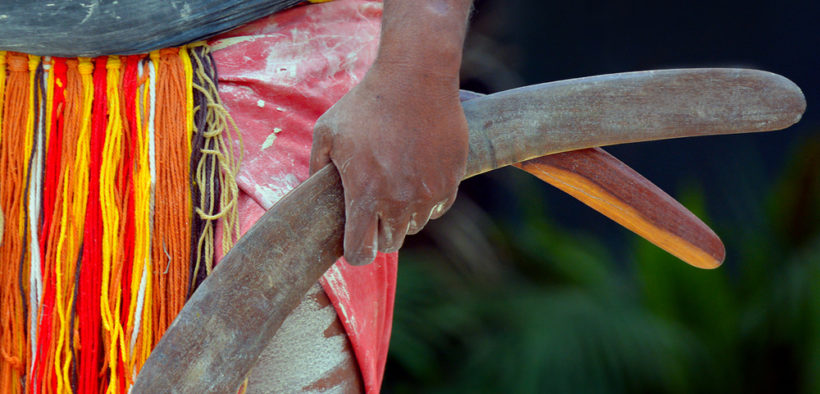Through a partnership with federal and state governments, Indigenous Australians and the sector will have a greater role in closing health and education gaps.
The development has given hope to the sector as a whole that faster progress can be made on the Closing the Gap targets. Some groups, however, are disappointed in the government’s failure to stay on track after a report found only two targets are in control.
CEO of Reconciliation Australia, Karen Mundine, said she is disappointed but remains hopeful that a bipartisan commitment to giving First Nation people a voice would lead to more effective programs delivered through community groups and governments.
Mundine said: “Aboriginal and Torres Strait Islander leaders and peak bodies have been demanding a greater say in the policy priorities, and design and implementation of programs around the CTG [Closing the Gap] since its inception over a decade ago.”
Prime Minister Scott Morrison delivered the 11th annual Closing the Gap report, calling for new approaches to targets that have been “set up to fail”. Just two of seven targets are on track to be met, more than a decade after the original report was released.
“The process has reflected something of what I believe is the hubris of the place – it did not truly seek to partner with Aboriginal and Torres Strait Islander peoples.”
RELATED ARTICLES
The report shows efforts to get more Indigenous children into early education are still on track, but improvements to life expectancy, infant mortality and employment rates are not. Morrison said the targets need to be updated through a “refresh”, initially set out in 2016, that gives Indigenous Australians more say.
This will be achieved through a partnership between state and territory governments and peak Indigenous groups at the Council of Australian Governments.
Chief Executive of the Australian Medical Services Alliance Northern Territory, John Paterson, welcomed the collaboration and said it will put Indigenous people at the core of its efforts to close the gap, stressing the original was a “one size fits all” approach.
“Issues can be very diverse from state to state, territory to territory,” he told AAP.
Mundine said a recent survey on community attitudes around reconciliation strongly supported First Nations people having a say in matters that affect them.
Reconciliation Australia’s ‘2018 Australian Reconciliation Barometer’ found that 95 per cent of Australians agree that it is important for Aboriginal and Torres Strait Islander people to have a say in matters that affect them and 60 per cent said it will help CTG.
“These figures prove that Australian Governments have a mandate from the Australian people to empower Aboriginal and Torres Strait Islander people with a greater voice to ensure effective policies and programs are developed and real change occurs.”
The revised targets will involve a renewed focus on education. Teachers who work in very remote areas for four years will have their university debts cancelled in a bid to lift Indigenous education standards, Morrison said.
Opposition Leader Bill Shorten welcomed the changes and greater partnership with Aboriginal Australians. He also reiterated that, if successful at the next election, Labor would hold a referendum on having an Indigenous voice in Parliament.
















































































































































